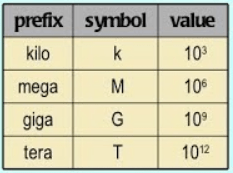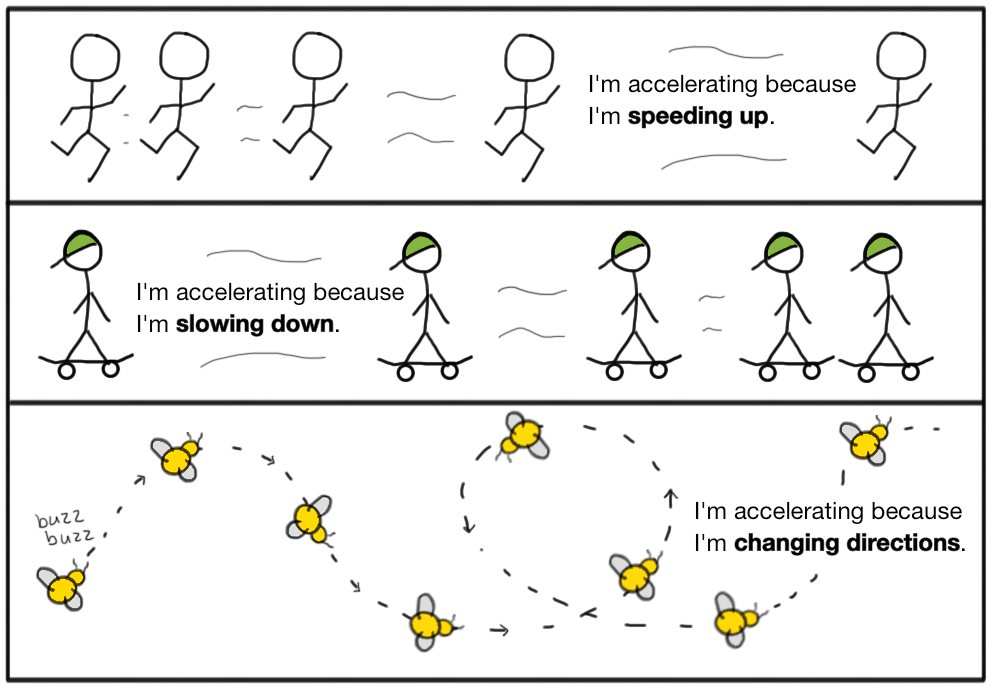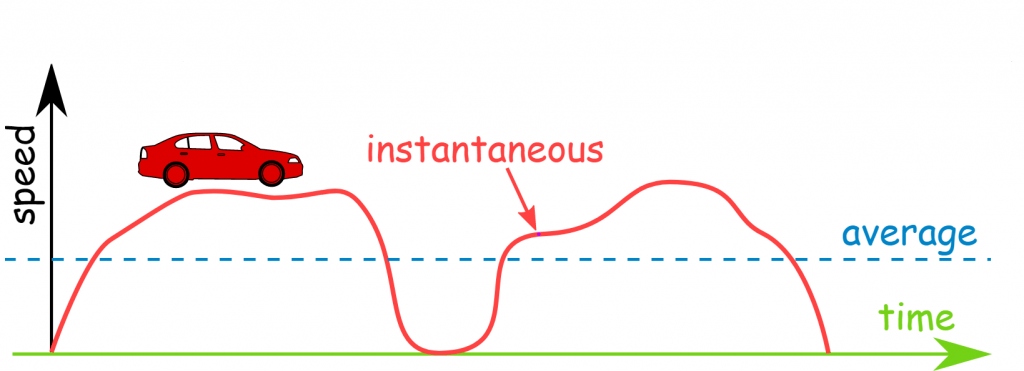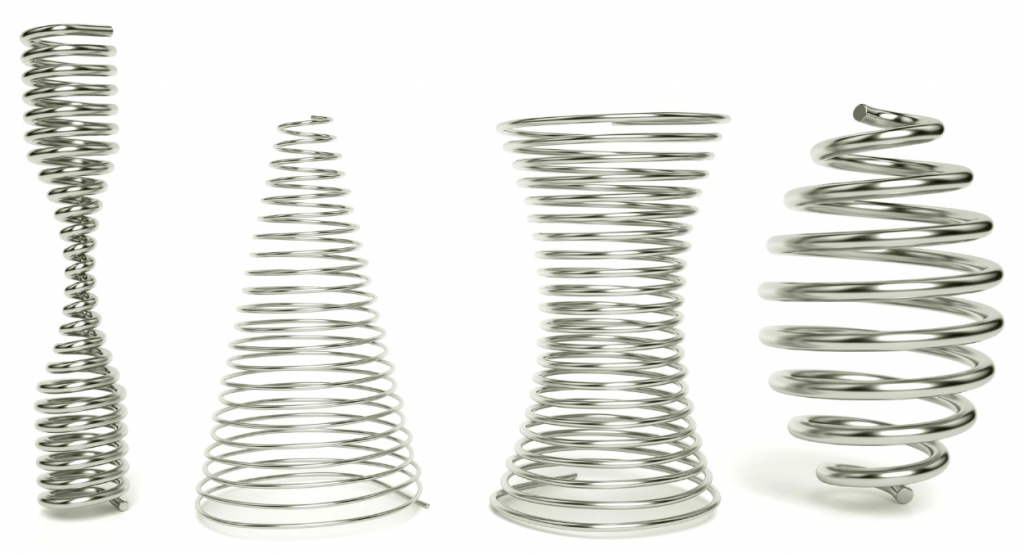Definitions for Module 3 – OCR A Physics
Prefixes

femto –
pico –
nano –
micro –
milli –
centi –
unit –
kilo –
mega –
giga –
tera –

Units

Motion
The unit of force which gives a mass of an acceleration of
Joule
The unit of work done by a force of moving an object
in the direction of the force
Watt
The unit of power transferred by per second.
Radian
An alternative unit for measuring angles
()
Quantities

Displacement
The distance moved by an object in a particular direction
Instantaneous speed
The speed at the precise instant that it is measured (e.g a cars speedometer)
Average Speed
The speed calculated during a period of time
Speed
The rate of change of distance;
Velocity
The rate of change of displacement;
Acceleration
The rate of change of velocity;
Density
The ratio of mass to volume;
Pressure
Force per unit area
Torque of a couple
One of the force multiplied by the perpendicular distance between the forces.
Moment of a force
Force time the perpendicular distance from the pivot
Work done by a force
Force times the distance moved in the direction of the force
Power
The rate of doing work;
Linear momentum
The product of mass and velocity
Net force on a body
Rate of change of its momentum
Impulse of a force
Force multiplied by the time for which the force acts
Force constant of a spring
Force per unit extension

Concepts

Scalar
A quantity with magntiude only
Vector
A quantity with both magnitude and direction
Terminal Velocity
The velocity of a falling object when
Centre of Gravity
A point where the entire weigh of an object appears to act
Thinking distance
The distance traveled by a vehicle in the time taken by the driver to react
Braking Distance
The distance traveled by a vehicle after the brakes are applied and until the vehicle stops
Stopping distance
Principle of conservation of energy
Energy cannot be created of destroyed; it can only be transferred into other forms
Principle of moments
For an object in equilibrium, the sum of the clockwise moments about a point is equal to the sum of the anticlockwise moments about the same point
Newton’s first law
A body will remain at rest or continue to move with constant velocity unless acted upon by a force
Newton’s second law
The rate of change of momentum is equal to the net force acting and takes place in the direction of that force
Newton’s third law
When one body exerts a force on another, the other body exerts an equal (in magnitude) and opposite (in direction) force on the first body
Equilibrium
Resultant force is zero
Principle of conservation of momentum
Total momentum is constant for a closed system
Perfectly elastic collision
A collision with no loss of kinetic energy
Inelastic collision
A collision with some loss of kinetic energy
Hooke’s Law
Extension of a spring is proportional to the force applied, as long as the elastic limit is not exceeded
Stress
Strain
Young Modulus
Ultimate tensile stress
The breaking stress of a material
Elastic deformation
Material returns to its original shape when the force is removed
Plastic deformation
Material does not return to its original shape when the force is removed

Graphs


You must be logged in to post a comment.